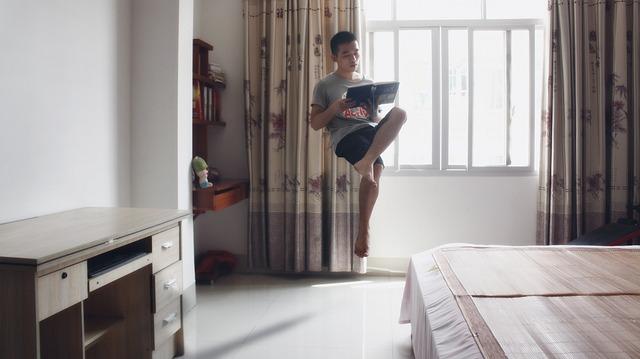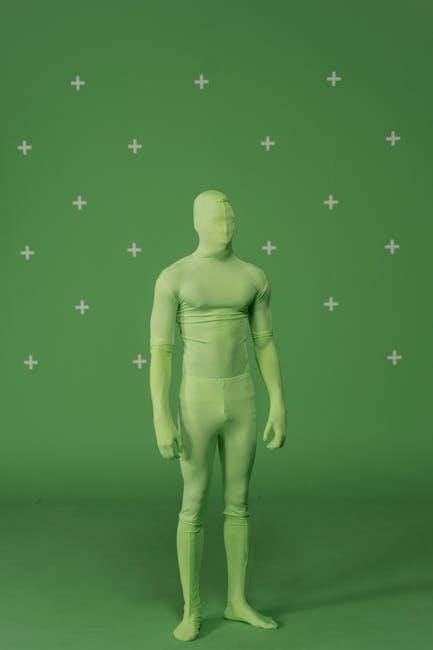In the realm of cinematic magic, the line between reality and illusion blurs through the artful dance of special effects. As audiences become ever more discerning, the quest to create seamless visual wonders grows more intricate. This journey delves into the harmonious blend of digital wizardry and practical craftsmanship, revealing how these two distinct yet complementary approaches can unite to captivate and convince. Whether you’re an aspiring filmmaker or a seasoned professional, discovering the synergy between pixels and props offers a pathway to crafting unforgettable visual narratives. Join us as we explore the techniques and insights that bridge the gap between the tangible and the virtual, transforming imagination into reality.
Blending Reality and Imagination: Crafting Perfect Special Effects
In the realm of filmmaking, the marriage of digital and practical effects can elevate storytelling to new heights. Digital effects offer the flexibility to create the unimaginable, from fantastical creatures to explosive landscapes. By harnessing software like Adobe After Effects or Blender, filmmakers can manipulate visuals with precision, adding layers of depth and realism. Practical effects, on the other hand, ground these digital wonders in reality. Using miniatures, prosthetics, or pyrotechnics, they provide tangible elements that actors can interact with, ensuring the audience remains immersed in the narrative.
- Integrate CGI with Real Footage: Capture live-action scenes with careful consideration of lighting and camera angles to ensure digital additions blend seamlessly.
- Leverage Green Screens: Allow for dynamic backgrounds and environments, but ensure proper lighting to avoid spill and maintain realism.
- Combine Miniatures and Models: Use detailed miniatures to simulate large-scale scenes, enhancing them digitally for a polished finish.
- Utilize Practical Effects for Realism: Smoke, wind, and rain machines can add a layer of authenticity that is hard to replicate digitally.
Mastering the Art of Digital and Practical Integration
In the realm of cinematic magic, the fusion of digital and practical effects can elevate a project to new heights. To achieve this seamless blend, it is essential to understand the strengths of each approach. Practical effects provide tactile realism and often bring a sense of authenticity to a scene. This can include elements like prosthetics, miniatures, and animatronics. Digital effects, on the other hand, offer limitless possibilities for enhancement and transformation, from subtle touch-ups to mind-bending visual spectacles.
- Planning: Begin by identifying which elements are best suited for practical execution and which require digital finesse. Storyboards and pre-visualization can be invaluable here.
- Collaboration: Foster a collaborative environment where digital artists and practical effects specialists can share insights and techniques.
- Layering: Use digital effects to enhance practical ones, such as adding atmospheric elements like smoke or light effects.
- Testing: Conduct tests to ensure both types of effects integrate smoothly, adjusting lighting and textures as needed.
By thoughtfully combining these techniques, filmmakers can create immersive worlds that captivate audiences, blending the tangible with the fantastical in a dance of creativity and innovation.

Tools of the Trade: Essential Techniques for Seamless Effects
Creating seamless special effects requires a delicate blend of artistry and technical skill. Mastering the essential techniques involves understanding both digital and practical methods to enhance the realism and impact of your work. In the digital realm, tools like Adobe After Effects and Blender offer powerful capabilities. These programs allow for intricate compositing, realistic simulations, and precise motion tracking, all essential for achieving fluid transitions and lifelike effects.
On the practical side, traditional techniques still hold significant value. Consider the following essential methods:
- Miniatures and Models: Utilize scaled-down versions of sets or props to create believable environments and scenes.
- Matte Paintings: Incorporate hand-painted backgrounds or digitally enhanced backdrops to extend the scene beyond the physical set.
- Practical Lighting: Employ real-world lighting techniques to blend seamlessly with digital enhancements.
By integrating these methods, you can achieve a harmonious balance that elevates your visual storytelling to new heights.

From Concept to Screen: Step-by-Step Guide to Visual Magic
Crafting unforgettable visual effects requires a harmonious blend of creativity and technical prowess. Begin with a solid concept that clearly defines the effect you want to achieve. Collaborate closely with your team to brainstorm innovative ideas, ensuring each member’s expertise is leveraged effectively. Once your concept is locked, move to the storyboarding phase, sketching out each frame to visualize the effect’s integration with the scene.
- Digital Techniques: Use software like After Effects or Blender to simulate your vision. These tools offer endless possibilities, from particle effects to digital doubles.
- Practical Effects: Incorporate real-world elements such as miniatures or pyrotechnics for authenticity. Consider factors like lighting and camera angles to ensure they blend seamlessly with digital components.
Combine these methods by shooting practical elements against green screens, allowing for easy integration with digital backgrounds. Test and iterate throughout the process, making adjustments to enhance realism and cohesion. The magic truly comes alive when digital and practical elements are indistinguishable, creating a captivating visual narrative that resonates with audiences.

